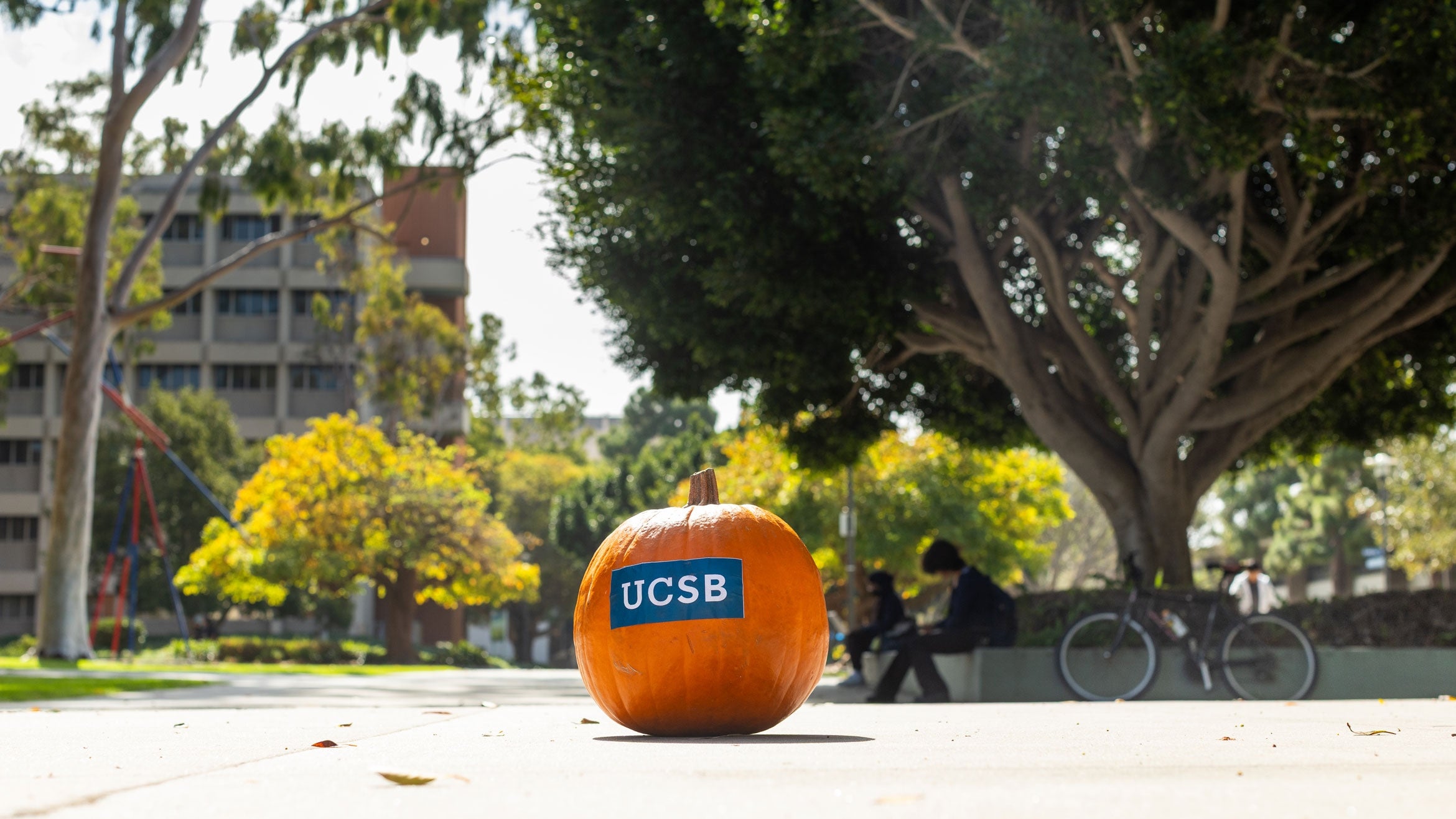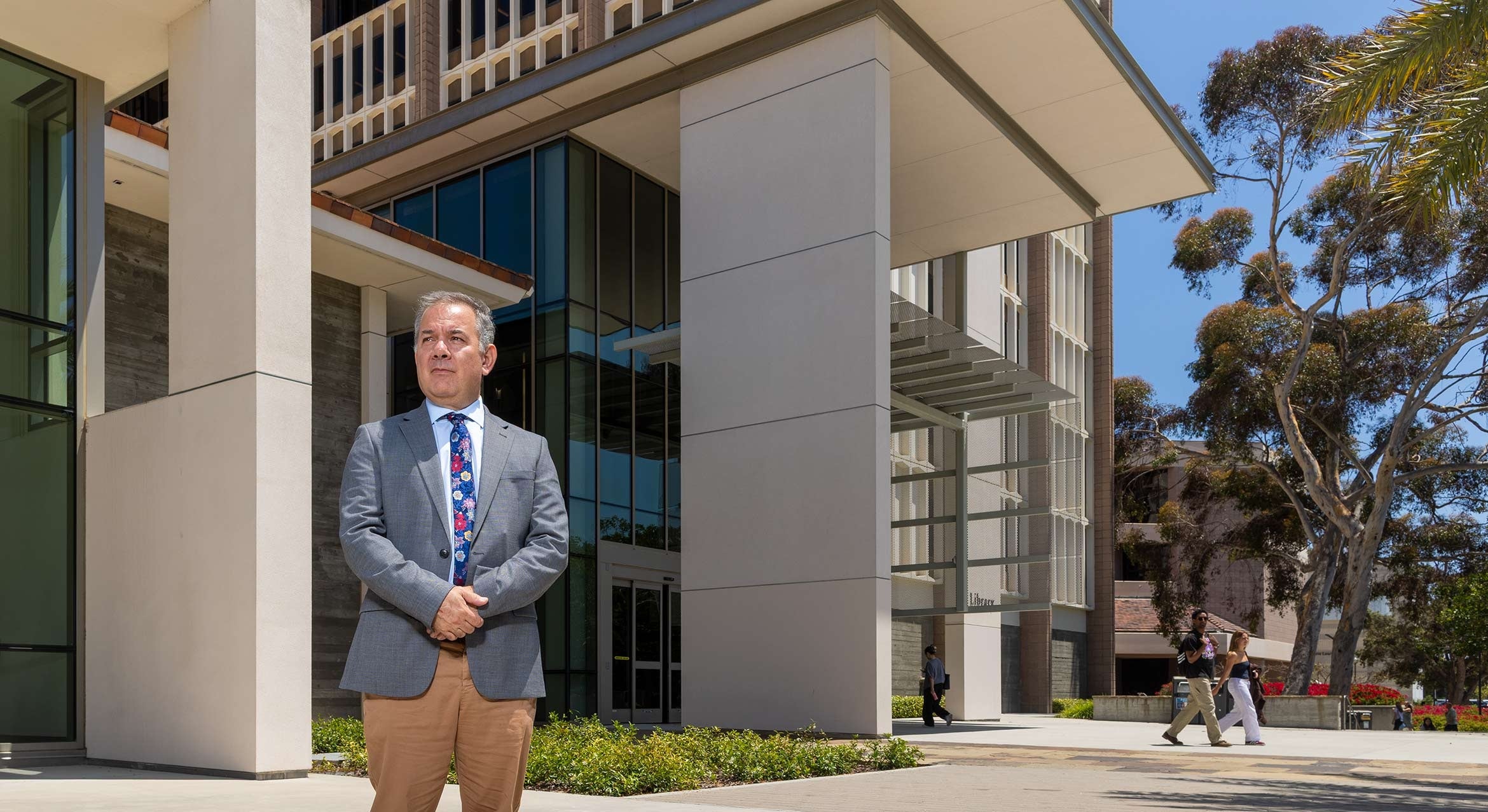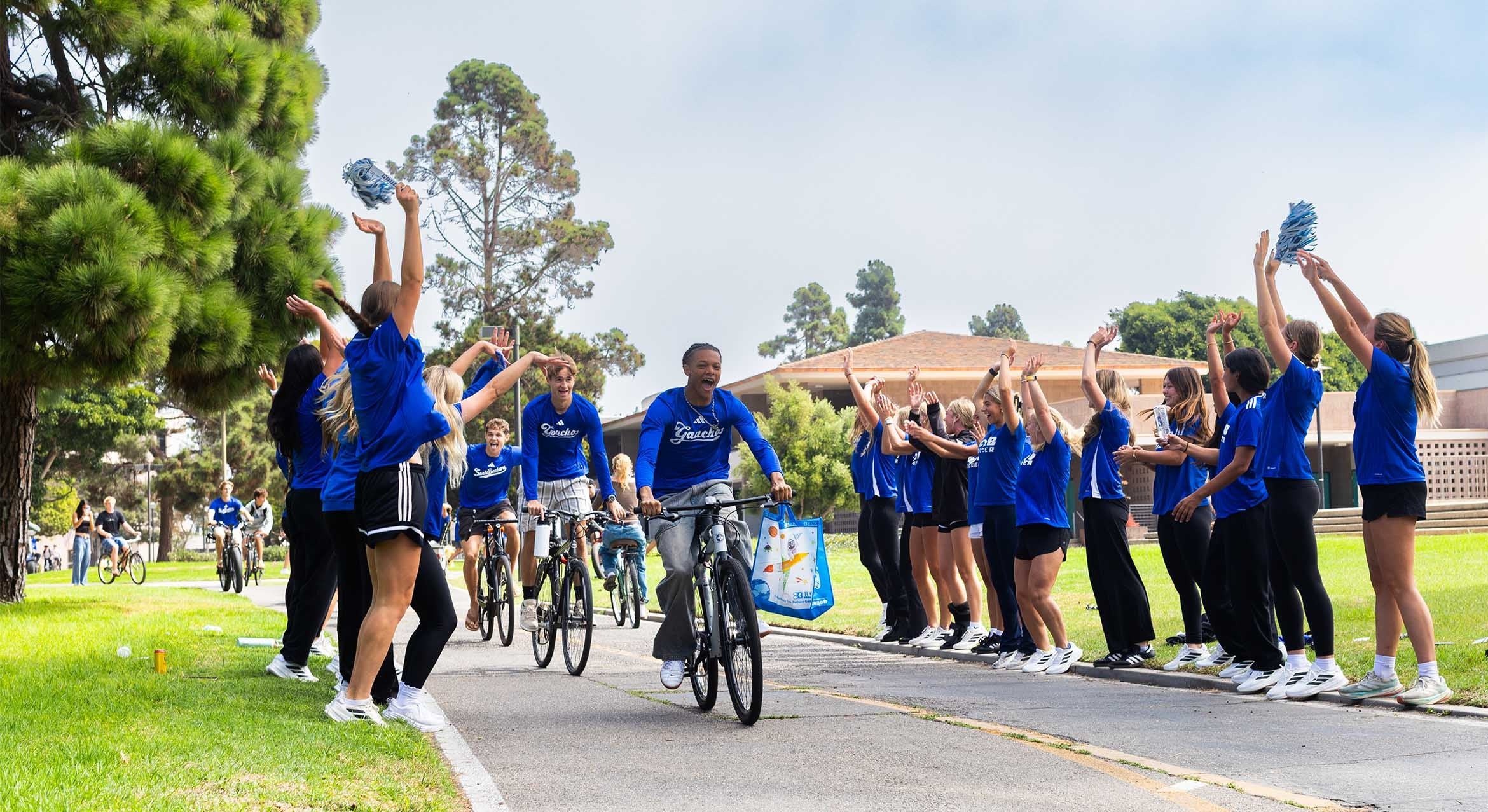The Three-Minute Challenge
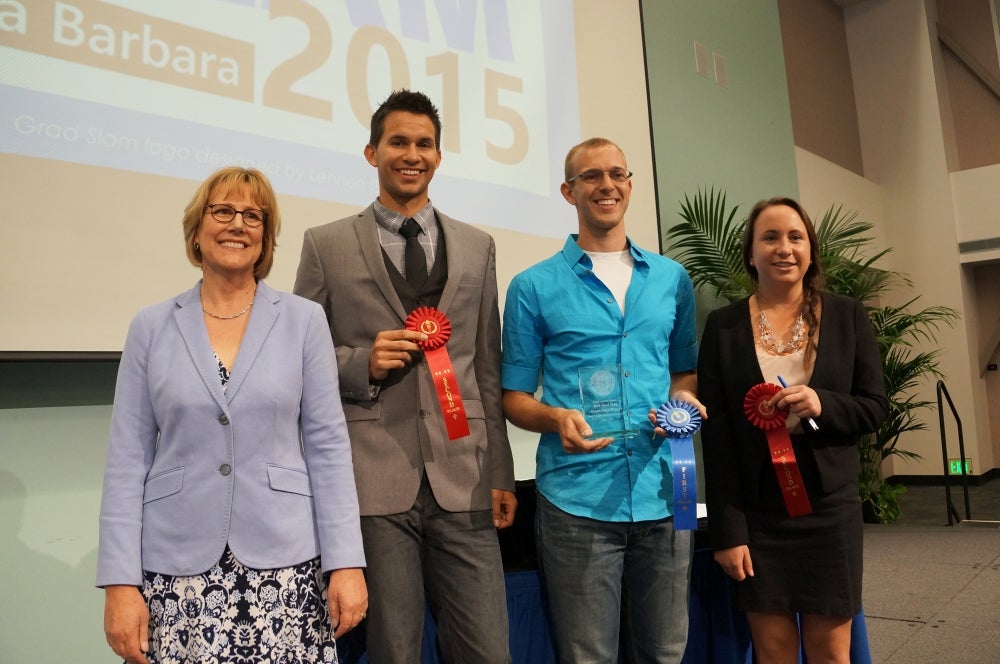
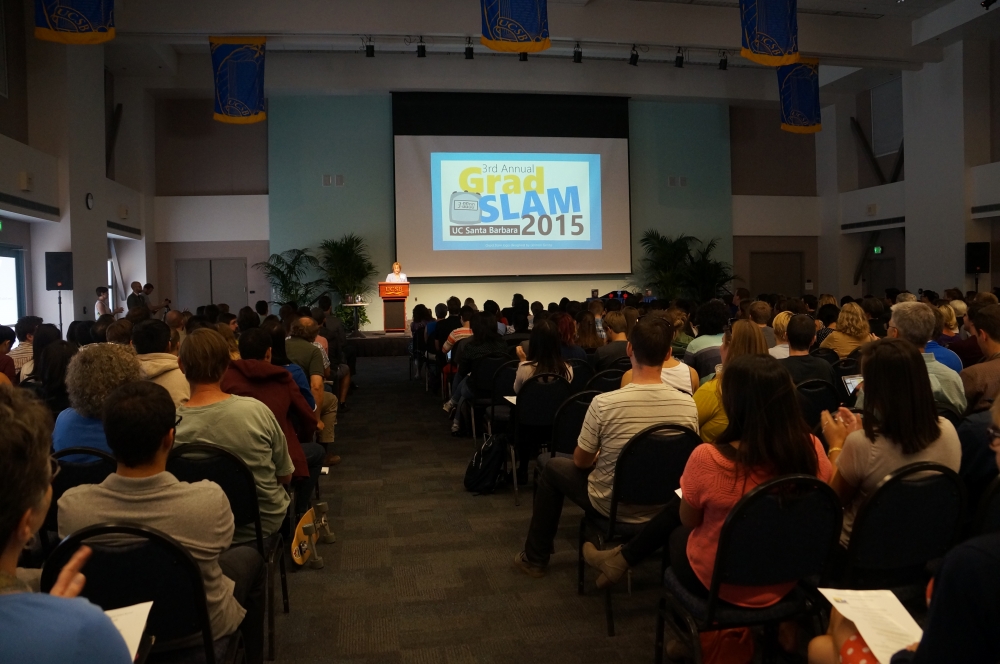
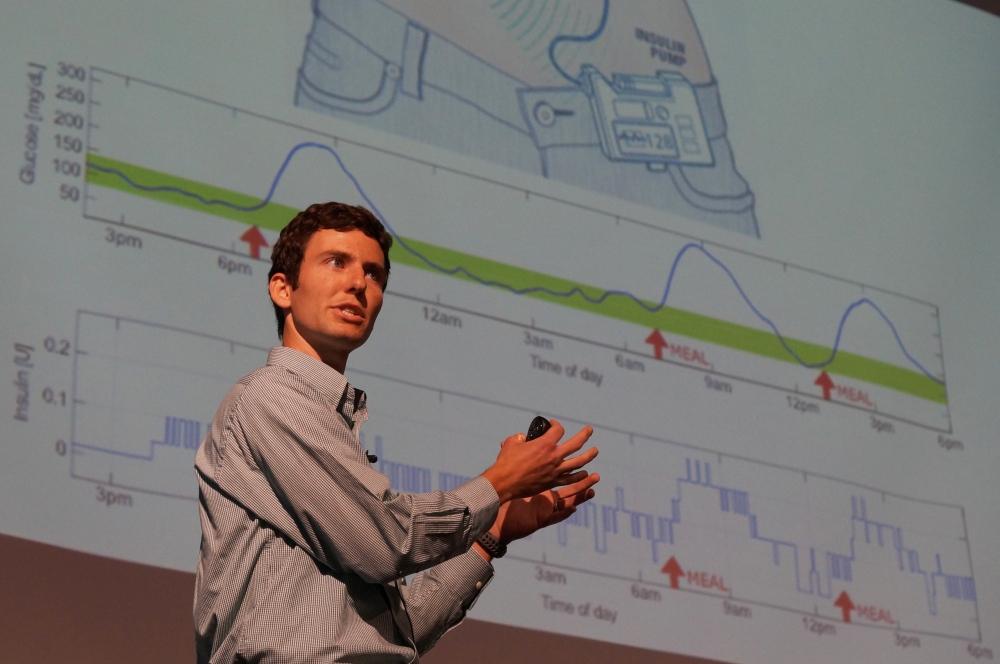
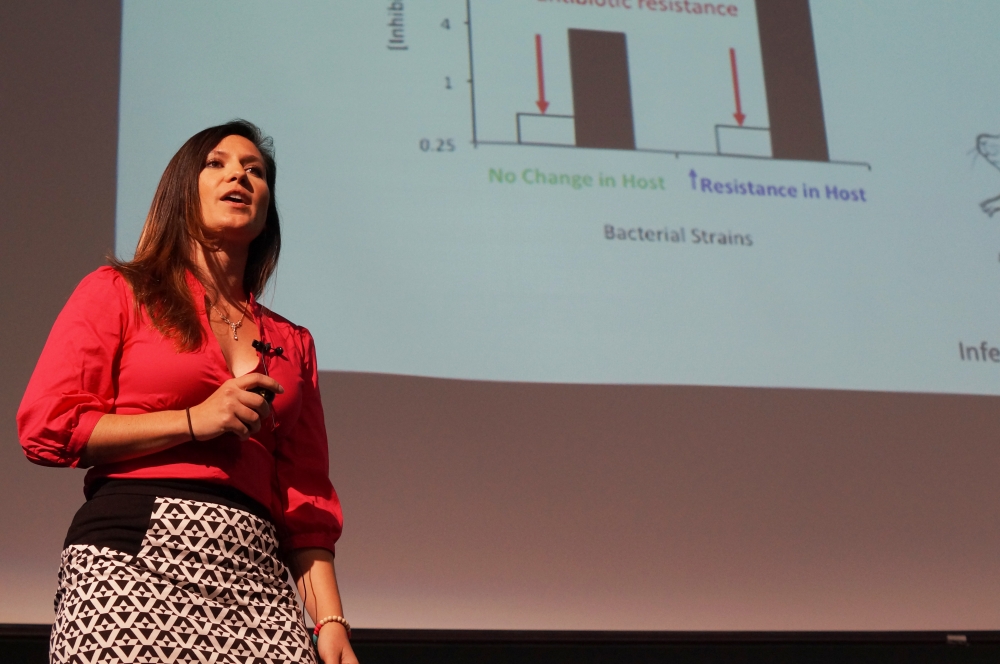
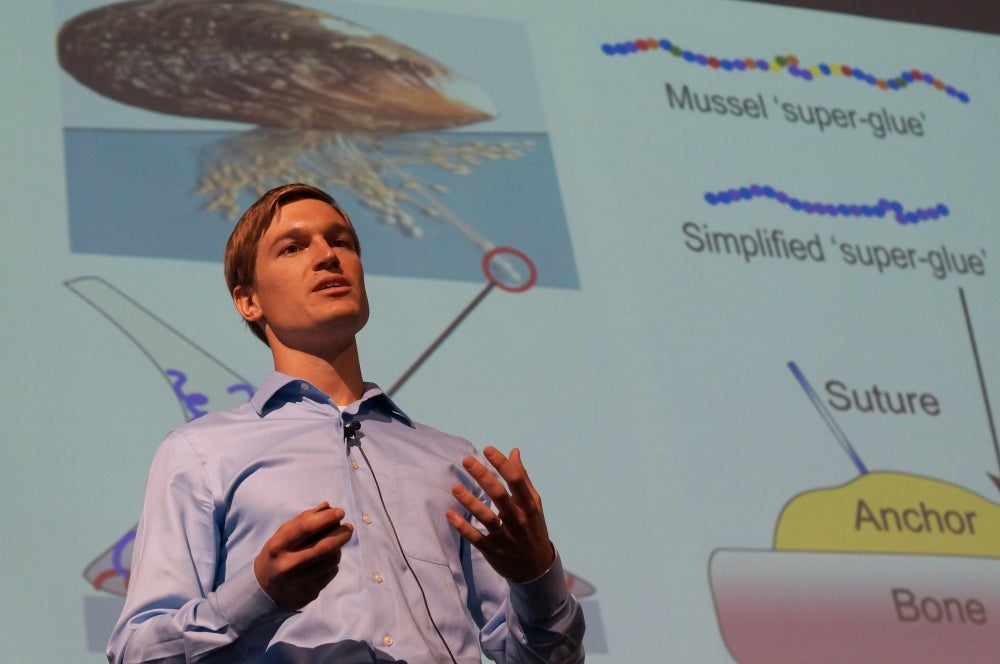
When Daniel Hieber travels to Oakland in May for the first-ever UC-wide Grad Slam competition, he’ll do so as a champion. Hieber’s three-minute talk about the once-extinct language of Chitimacha made him the winner of UC Santa Barbara’s third Grad Slam competition — and the survivor of a grueling two-week contest that included presentations from about 60 graduate students.
In some ways, Hieber worked years on his presentation. He was introduced to Chitimacha when he worked for Rosetta Stone’s endangered language program before attending graduate school. The language has become one of Hieber’s passions. In his Grad Slam presentation, titled “Renaissance on the Bayou: Reviving the Chitimacha Language,” he told the audience how he helped revive once-extinct Chitimacha by developing a curriculum to teach the language to new speakers.
“I’m really excited to represent UCSB and the linguistics department at the UC-wide competition,” Hieber said. “Participating in Grad Slam taught me how to really focus my explanation of my research around a specific theme in a way that people can relate to. It’s something I thought I knew how to do well beforehand but the Grad Slam process has really honed my skills.”
Hieber and his fellow graduate students delivered these concise presentations to a diverse audience of students, faculty and community members. There were three rounds of presentations — preliminaries, semifinals and finals — and prizes were given at each stage.
Grand-prize winner Hieber received $5,000, and the two runners-up, Abel Gustafson and Jessica Perkins, were awarded $2,500 each. The grand prize was provided by Yardi Systems, a local software corporation with offices worldwide. Two other Santa Barbara firms, QAD and Sonos, which were founded by alumni, were event sponsors.
Gustafson, from the Department of Communication, presented his research on using Wikipedia data to better predict election outcomes. Jessica Perkins, from the Bren School of Environmental Science & Management, explained lifecycle assessment by telling a compelling story about a ballpoint pen from its inception to its disposal.
A panel of four judges selected the grand-prize winner and the runners-up: Michael Witherell, vice chancellor for research; Shirley Lim, professor emerita in the campus’s Department of English; alumni Brent Constantz, founder and chief executive officer of Blue Planet and a consulting associate professor at Stanford University; and Jan Campbell, senior vice president of philanthropic services at the Santa Barbara Foundation and a member of the Board of Trustees.
Other finalists included mechanical engineering graduate student David Copp, who refines algorithms to better calibrate data from insulin pumps and glucose sensors in the hope of one day perfecting the artificial pancreas; Wencheng Yan, from the Department of History of Art and Architecture, who scours primary sources to construct a heretofore-missing history of Chinese architecture from 1920 to 1949, the end of the country’s republican period; and materials Ph.D. student Matthew Gebbie, whose own shoulder surgeries inspired him to explore how to engineer mussel proteins into biomedical glue.
Three of four presenters from the Department of Molecular, Cellular and Developmental Biology (MCDB) made it to the final round. Sarah Abdul-Wajid identified a mutant gene in sea squirts and frogs responsible for a life-threatening birth defect. Selvi Ersoy asked, “Is your doctor killing you?” in her talk, which exposed a flaw in current antibiotic dosing regimens. Erik Spickard found that turning on one particular gene caused part of a worm’s gonad to stop being a uterus and turn into a second gut.
Overall, more than 20 areas of study were represented, covering a variety of arts and humanities disciplines as well as many areas of science and engineering. The Gevirtz Graduate School of Education was best represented with a dozen presentations. Six students from the Department of Ecology, Evolution and Marine Biology made presentations, and the Bren School and the Department of Mechanical Engineering each had five participants.
This year, for the first time, the eight preliminary rounds featured a people’s choice award, which enabled nine students to move on to a special semifinal round. Two contestants went on to the finals: Gustafson and Lakshmanan Nataraj, a graduate student in the Department of Electrical and Computer Engineering, who developed a novel technique for identifying malicious software.
“One of the great things about the Grad Slam is that it really raises the profile of graduate education on campus by putting a spotlight on our amazing graduate students,” said Carol Genetti, dean of the Graduate Division. “It helps them to think about how their research is really helping to move their field forward and shows the importance of graduate students to the research mission of UCSB.”
The UC-wide competition takes place in Oakland from 11 a.m. to 1:30 p.m. Monday, May 4. UC President Janet Napolitano will be the emcee of the event, which will be live streamed in the Multi-Purpose Room of the Student Resource Building.
UC Santa Barbara was the first UC campus to implement the Grad Slam format in 2013. Since then, many other universities in the southwest have followed suit. The inaugural Grad Slam earned UCSB the Award for Excellence and Innovation in Graduate Education, which is presented annually to one member school by the Western Association of Graduate Schools and Educational Testing Service.
